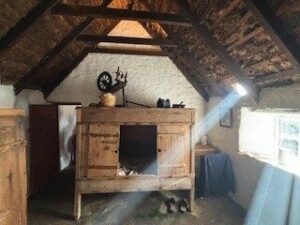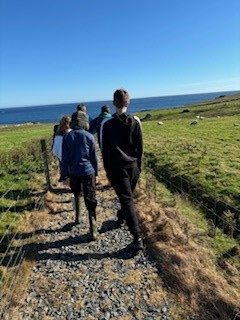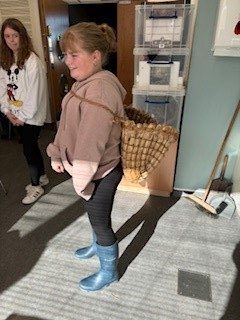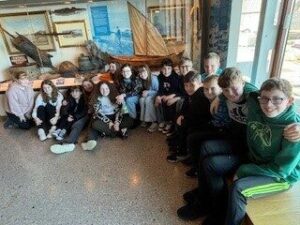Mrs Hamilton:
My book recommendation would be The Book Thief by Markus Zusak. The book is narrated by death and tells us the story of Liesel a girl growing up in Nazi Germany during World War 2. Liesel is sent to live with a foster family after the death of her brother to avoid persecution. Liesel’s foster father teaches her to read and she develops a passion for books; Liesel begins stealing books to pursue her passion. The story explores the relationship between Liesel and her foster parents, the relationship between her and her best friend Rudi and Max – a Jewish man that they are hiding in their basement. This books leads you to explore the power of words, friendship, love and loyalty. I challenge you not to need a tissue when reading this story!!
Mr Healy:
I’m currently reading ‘Habits that make a champion’ by Allistair McCaw. I’m reading this book for enjoyment but also for personal development. The book is divided into 50 easy to read 5 minute chapters. I normally try to read two chapters a day in the evening time. The book is written by a sports coach who has worked with many of the world’s best tennis players, footballers, golfers etc. It gives an insight into how they plan and prepare for big moments and big events. It also gives strategies on how to deal with setbacks and moments where things don’t go your way. Really interesting read and the third book of Allistair’s that I have read.
Miss Holzheimer:
I’m currently reading In the Company Of Cheerful Ladies by Alexander McCall Smith. It’s the 6th book in his No.1 Ladies’ Detective Agency Series. When I bought the first book in October, the lady in the Shetland Times Bookshop said it’s her favourite and I would love it and so far she’s right! I’m totally hooked and I’ve even ditched knitting on the ferry because I want to keep reading to find out what happens next; the characters are really likeable and I feel like I know them really well now. As the name suggests, the books are about 2 ladies doing detective work in Botswana and there have been quite a few twists in the story that I have not seen coming. Some pupils have been wondering why I’ve been smiling while I was reading my book during library period and that’s because they’re also super funny. There are 25 books in the series and I really look forward to reading the rest of them!
Ms Wilson:
The Wonderland Series
I read A LOT for enjoyment and would be lost if I didn’t have a good book on the go. I am currently reading the fifth (and final) book in the Wonderland series by Irina Shapiro. I came across the series when the first book (The Passage) popped up on my Amazon recommendations. The books are ‘time slip’ novels and the story of Neve and Hugo shifts between the 17th and 21st centuries. A perfect mix of history and drama!
The Passage (book 1):
In the first book the main character, Neve Ashley, visits historic Everly Manor. Touring the elegant Tudor mansion, she’s intrigued by the local legend of Lord Hugo Everly, who vanished without a trace over three hundred years ago. Neve thinks nothing more of the story until, exploring the ancient church crypt, she discovers a mysterious passageway. Stone steps climb up to a heavy wooden door. Hesitantly, she pushes it open…Suddenly, Neve is in 1685 and directly in the path of Hugo’s galloping horse……
I was instantly gripped by the storyline and characters and have read the first four books in the space of a couple of weeks. I would need to turn off my light earlier at night but then I think “just one more chapter”.
Comes the Dawn (book 5):
This book started in the 17th century; Hugo had been imprisoned for treason and Neve accused of witchcraft! Although I only started the book the other day I find it hard to put down as the characters’ fight for survival will alter not only their own future but THE future too! I am currently half way through the book and Neve and Hugo have escaped to the 21st century. What will the result be? I can’t wait to find out what happens but I don’t want this series to end either L
Mrs Carr:
I am reading The Lion above the Door by Onjali Q Raúf. It is about two friends who are looking forward to a class trip to the RAF Museum and Rochester Cathedral as they have been studying WWII. Although the friends know that they are the only ones in the class that don’t have a personal connection to anyone who fought in WWII, they are excited about seeing the planes and buying sweets! A surprise discovery that a war hero has the same name as Leo Kai Lim sets him off on an exciting adventure to discover his own heritage. A wonderful learning experience no doubt and a chance to share in the richness of other cultures and their significance to history that is all often told from a western white male perspective. I chose to get this children’s’ book to read as it was mentioned on a course I attended looking at how to decolonise the curriculum and antiracist education.




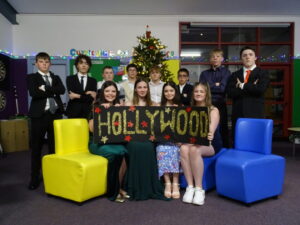





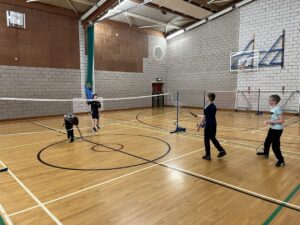
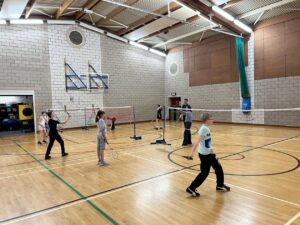
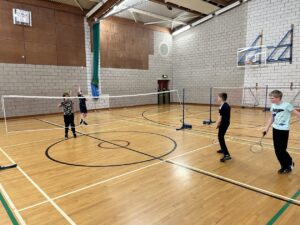

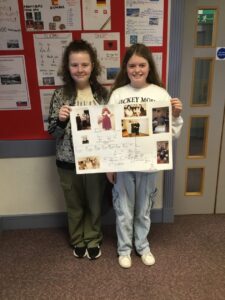
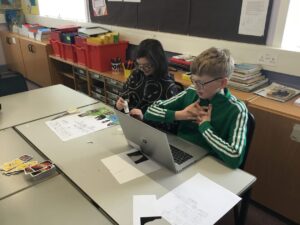


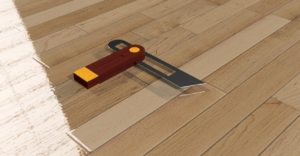




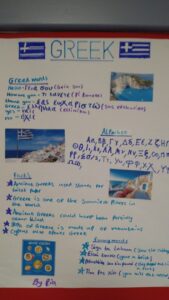

 Everybody in Secondary 2 and 3 got to choose a language and then found out facts about it, for example how many native speakers there are, in what countries the language is spoken and they also learnt how to say a few things like “Hello/How are you?/Thank you” in their language. The pupils created a poster about their language to display and share what they had found out with the rest of the school. Some pupils chose languages like Georgian and Greek and were shocked when they realised that those languages don’t use our Latin alphabet, so making their poster was surprisingly hard. Others noticed that some languages like Spanish and Italian are closely related to French, which we learn in class, so they could understand a lot more than they thought.
Everybody in Secondary 2 and 3 got to choose a language and then found out facts about it, for example how many native speakers there are, in what countries the language is spoken and they also learnt how to say a few things like “Hello/How are you?/Thank you” in their language. The pupils created a poster about their language to display and share what they had found out with the rest of the school. Some pupils chose languages like Georgian and Greek and were shocked when they realised that those languages don’t use our Latin alphabet, so making their poster was surprisingly hard. Others noticed that some languages like Spanish and Italian are closely related to French, which we learn in class, so they could understand a lot more than they thought.
